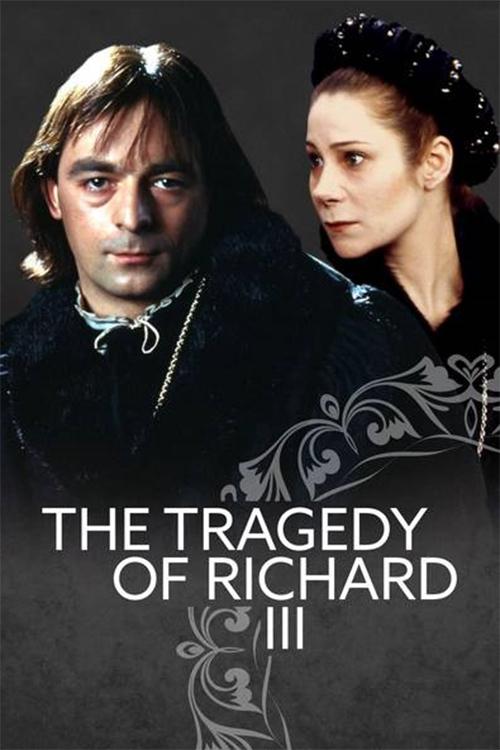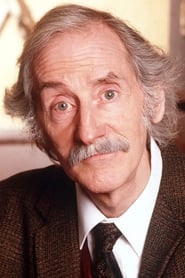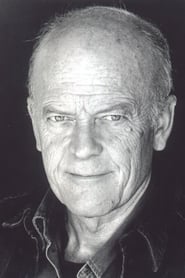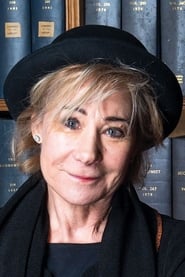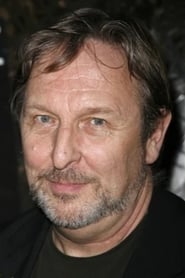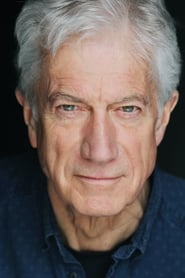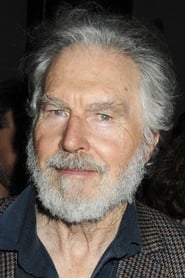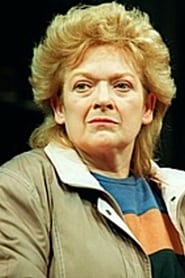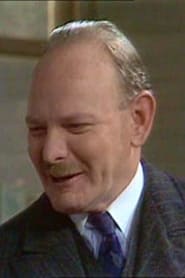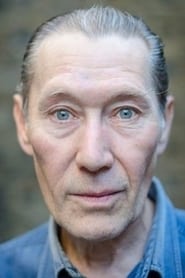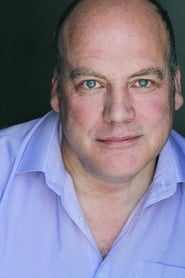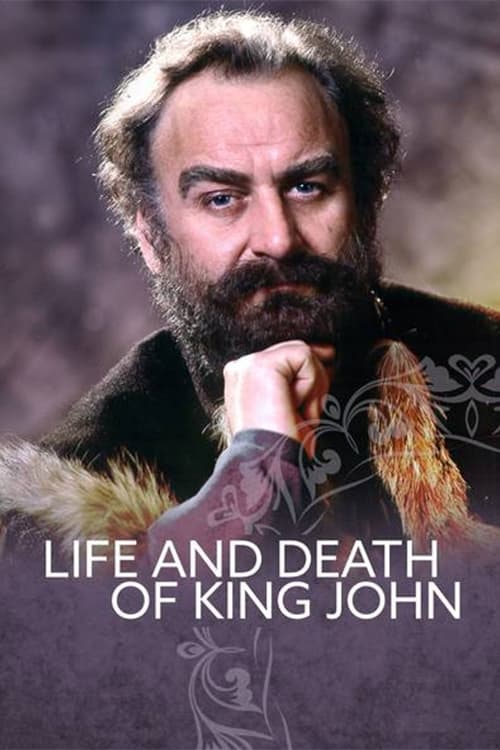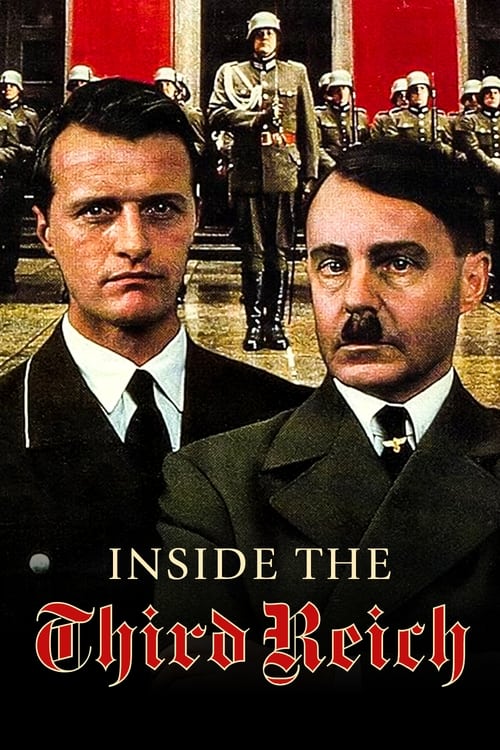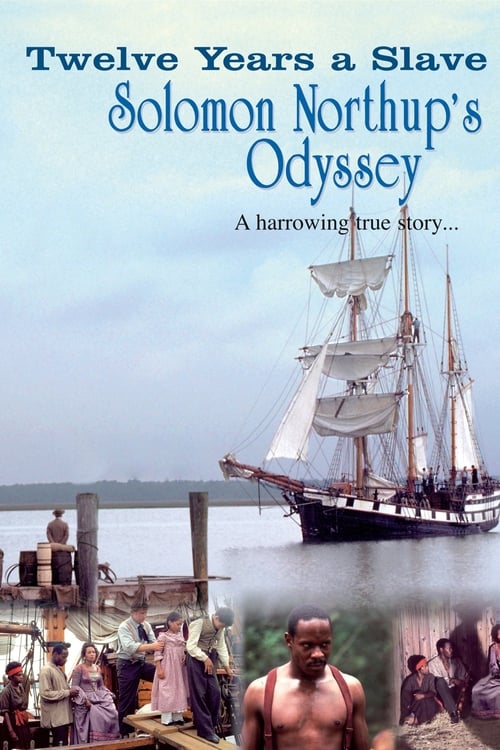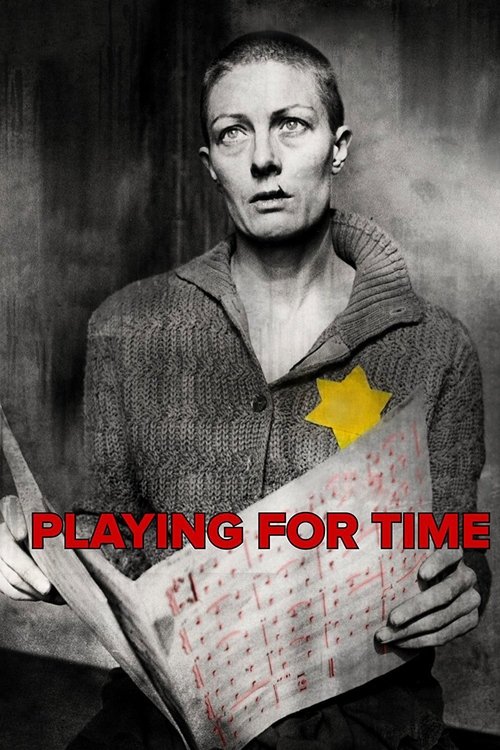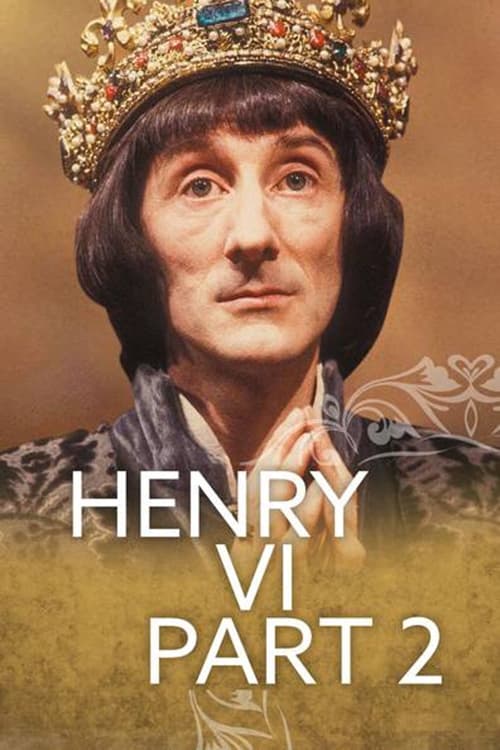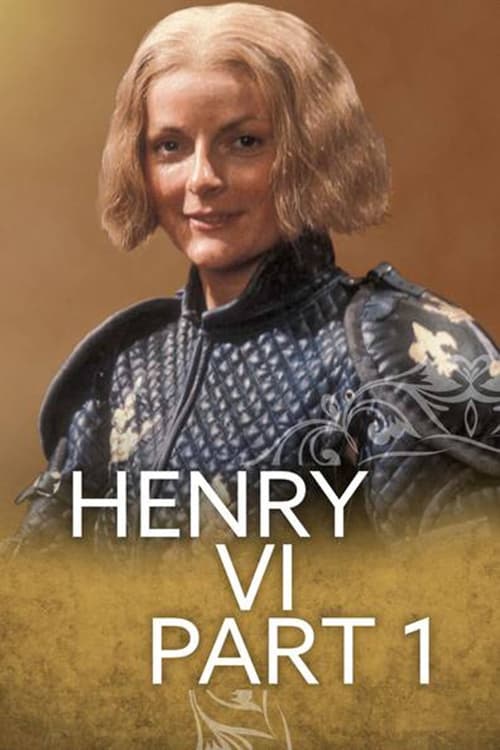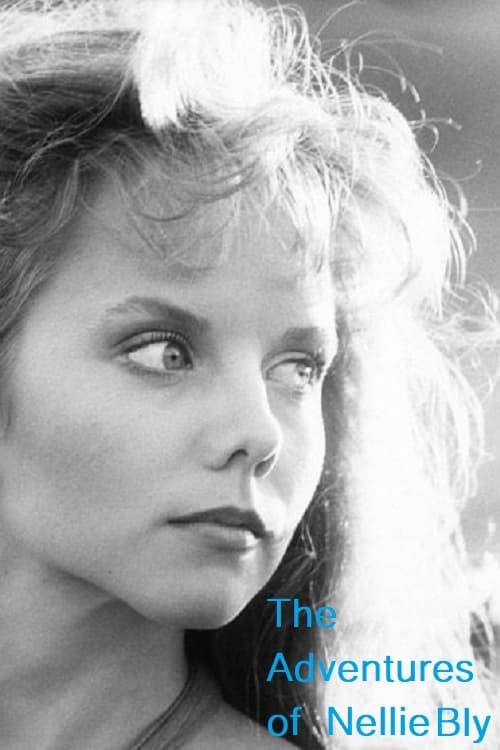
Ask Your Own Question
What is the plot?
The film opens in a shadowed, modernized England of the 1930s, just after a brutal civil war has ended with the assassination of the king. The air is thick with political tension and uncertainty. King Edward IV, ailing and frail, sits uneasily on his throne, his American-born wife Queen Elizabeth by his side, visibly anxious about the future for their children and the kingdom. Edward's elder brother, George, Duke of Clarence, languishes imprisoned in the Tower of London, a grim fortress looming over the city, while Richard, Duke of Gloucester--the youngest brother--is introduced as a physically deformed man with a hunchback, a limp, and a useless left arm. Despite his disability, Richard's eyes burn with a ruthless ambition that will drive the narrative forward.
Richard is a decorated soldier but now turns his cunning and cruelty to civilian power. His opening soliloquy, delivered with chilling self-awareness, reveals his plan: "I, that am curtailed of this fair proportion, cheated of feature by dissembling nature, deformed, unfinished, sent before my time into this breathing world, scarce half made up," he confesses, "I am determined to prove a villain." His voice echoes through the dimly lit palace corridors, setting the tone for the dark political thriller to come.
The first major scene unfolds at the funeral procession of Lady Anne Neville's late husband, Edward, Prince of Wales, who was killed by Richard during the civil war. As the procession winds through the streets of Chertsey, Anne curses Richard bitterly, accusing him of murder and treachery. Yet Richard, with a sinister charm, confronts her directly. In a moment charged with tension and dark seduction, he offers her his sword, daring her to kill him if she dares. Anne, torn between hatred and fascination, cannot resist his twisted allure. Richard's voice is low and persuasive: "Was ever woman in this humour wooed? Was ever woman in this humour won?" The scene closes with Anne reluctantly accepting Richard's ring and later marrying him, a union born of manipulation and power rather than love.
Back in the palace, the political machinations deepen. Richard convinces King Edward that Clarence is a threat to the lives of his two young sons, Edward and his younger brother, the Princes in the Tower. Under Richard's influence, Edward orders Clarence imprisoned in the Tower. The grim fortress becomes a symbol of Richard's tightening grip on power. James Tyrell, Richard's loyal assassin, is introduced as the shadowy hand behind many of the murders to come.
In the Tower, Clarence meets a grim fate. Tyrell and his men drown him in a barrel of wine, a brutal and secretive execution ordered by Richard. When news of Clarence's death reaches King Edward, the shock and grief overwhelm him. His health rapidly declines, and he dies shortly thereafter, leaving a power vacuum that Richard is quick to exploit.
With Edward IV dead, Richard is named Lord Protector, wielding power over the kingdom while his nephew Edward V is still a minor. The young prince and his brother are brought to the Tower ostensibly for their protection but effectively imprisoned. Richard's ally, the Duke of Buckingham, publicly declares the boys illegitimate, spreading rumors that their claim to the throne is invalid. This political maneuver clears the path for Richard's coronation.
However, not all are convinced. Queen Elizabeth confronts Richard bitterly, accusing him of treachery and murder. Their heated argument in the royal court crackles with tension, Elizabeth's voice trembling with grief and rage as she demands justice for her family. Richard remains cold and calculating, dismissing her accusations with a veneer of false piety.
Meanwhile, Lord Hastings, initially loyal to Richard, grows suspicious of his intentions. During a council meeting, Richard accuses Hastings of treason on fabricated charges. The scene is a masterclass in political theater, with Richard's voice rising as he condemns Hastings: "Traitor, I arrest thee on the king's behalf." Hastings is swiftly executed, his death marking another step in Richard's ruthless consolidation of power.
As Richard's reign begins, the dark undercurrents intensify. Buckingham, once a close ally, becomes disillusioned when Richard denies him promised lands and titles. Their alliance fractures, and Buckingham defects to the side of Henry Tudor, the Earl of Richmond, who is gathering forces in exile to challenge Richard's claim.
Richard's paranoia deepens. He orders the assassination of the Princes in the Tower after Buckingham hesitates to act. The two young boys are murdered by assassins hired by Richard, a crime that haunts the kingdom and casts a long shadow over his reign. The Duchess of York and Queen Elizabeth mourn the loss bitterly, their grief mingling with curses and prophecies that foretell Richard's downfall.
In a chilling twist, Richard poisons Lady Anne Neville to clear his path to woo Elizabeth of York, Edward IV's younger daughter and the last remaining heir. This act of cold-blooded murder underscores Richard's willingness to sacrifice even family to secure his power.
Buckingham's rebellion against Richard is swiftly crushed, and he is killed, his death a grim warning to others who might oppose the king. Richard's court becomes a place of fear and suspicion, with every shadow potentially hiding an assassin.
The climax approaches as Henry Tudor lands in England, rallying support to overthrow Richard. The two forces meet at the Battle of Bosworth Field, a brutal and decisive confrontation. Richard fights with desperate valor, his physical deformities no hindrance to his ferocity. The battle is fierce and chaotic, the air thick with smoke and the clash of steel.
In the final moments, Richard faces Henry Tudor in single combat. Their duel is intense, charged with the weight of destiny. As Richard falls, his last words echo the tragic irony of his life: "A horse, a horse! My kingdom for a horse!" Henry Tudor emerges victorious, killing Richard and ending his tyrannical reign.
The film closes with Henry Tudor crowned King Henry VII, symbolizing the dawn of a new era of hope and peace after years of turmoil. The camera lingers on the somber faces of the survivors, the ghosts of the past still haunting the kingdom, but with a cautious optimism for the future.
Thus ends the dark, gripping tale of Richard III's ruthless ascent and tragic downfall, a story of ambition, betrayal, and the high cost of power in a fractured England.
More Movies Like This
Browse All Movies →What is the ending?
In the ending of "The Tragedy of Richard III," Richard III faces his downfall in battle against the forces of Henry Tudor. After a fierce confrontation, Richard is ultimately defeated and killed. The film concludes with Henry Tudor ascending to the throne as King Henry VII, marking the end of Richard's tyrannical reign and the beginning of a new era.
As the final act unfolds, the tension escalates on the battlefield. The scene opens with Richard III, clad in his battle armor, rallying his troops with fervor. His face is a mask of determination, but beneath it lies a growing sense of desperation. The camera captures the chaos of the battlefield, with soldiers clashing, swords clanging, and the cries of war echoing in the air. Richard, fueled by his ambition and the desire to maintain his power, charges into the fray, his eyes wild with the thrill of battle.
As the fight rages on, Richard's forces begin to falter. The camera shifts to the opposing side, where Henry Tudor stands resolute, embodying the hope of a new beginning for England. His soldiers, inspired by his leadership, push forward, gaining ground against Richard's dwindling army. The cinematography captures the stark contrast between Richard's frantic aggression and Henry's calm resolve.
In a pivotal moment, Richard confronts Henry on the battlefield. The two men, representing the culmination of their respective ambitions, engage in a fierce duel. Richard's desperation is palpable; he fights not just for his life but for the very essence of his reign. Each swing of his sword is filled with the weight of his past decisions, the betrayals, and the bloodshed that have marked his ascent to power.
As the duel intensifies, Richard's overconfidence begins to unravel. He is ultimately outmatched by Henry, who embodies the righteousness of his cause. In a climactic moment, Henry strikes a decisive blow, and Richard falls to the ground, his armor clattering against the earth. The camera lingers on Richard's face, capturing the shock and realization of his defeat. His final moments are filled with a mix of anger and despair, as he grapples with the consequences of his ambition.
With Richard's death, the battlefield falls silent, and the focus shifts to Henry Tudor, who stands victorious. The soldiers around him cheer, celebrating the end of Richard's tyrannical rule. Henry raises his sword in triumph, symbolizing not just a personal victory but the dawn of a new era for England. The camera pans out, showing the aftermath of the battle, littered with the remnants of conflict, a stark reminder of the cost of power.
The film concludes with Henry Tudor being crowned as King Henry VII, a moment filled with hope and promise for the future. The final scenes depict the transition from Richard's dark reign to Henry's ascension, emphasizing the themes of justice and the cyclical nature of power. The screen fades to black, leaving the audience with the weight of the tragedy that has unfolded, a poignant reminder of the consequences of ambition and the fragility of power.
Is there a post-credit scene?
The 1983 film "The Tragedy of Richard III" does not contain a post-credit scene. The film concludes with the dramatic events surrounding Richard's downfall and death, leaving the audience with a sense of closure regarding the tragic arc of Richard's character. The focus remains on the intense emotional and political turmoil throughout the narrative, culminating in Richard's defeat and the rise of Henry Tudor. The absence of a post-credit scene aligns with the somber and serious tone of the film, emphasizing the finality of Richard's tragic fate.
What motivates Richard III's ambition for the throne?
Richard III, portrayed with a complex blend of charm and malevolence, is driven by a deep-seated desire for power and recognition. His physical deformity, which he perceives as a source of weakness, fuels his ambition to prove himself as a formidable ruler. He manipulates those around him, using deceit and betrayal to eliminate his rivals, showcasing his ruthless determination to ascend to the throne.
How does Richard III manipulate Lady Anne into marrying him?
In a pivotal scene, Richard III encounters Lady Anne, who is mourning the death of her husband, whom Richard had murdered. He employs a mix of flattery and psychological manipulation, expressing false remorse and claiming that he is unworthy of her love. His eloquent speech and feigned vulnerability gradually wear down her defenses, leading to her reluctant acceptance of his proposal, despite her initial outrage.
What role do the ghosts play in Richard III's downfall?
The ghosts of Richard's victims, including those he has betrayed and murdered, appear to him in a haunting sequence before the Battle of Bosworth Field. They serve as a manifestation of his guilt and the consequences of his ruthless ambition. Their presence unsettles Richard, causing him to reflect on his actions and foreshadowing his impending doom, as they curse him and predict his defeat.
How does Richard's relationship with his family affect his actions?
Richard's relationships with his family, particularly with his brother Edward IV and his other brother Clarence, are fraught with tension and betrayal. His ambition leads him to betray Clarence, whom he has imprisoned and ultimately executed. This familial strife highlights Richard's isolation and the moral decay that accompanies his quest for power, as he sacrifices his own blood for the throne.
What is the significance of the character Buckingham in Richard III's rise to power?
Buckingham serves as Richard's closest ally and confidant, initially aiding him in his schemes to usurp the throne. However, as Richard's ambition grows increasingly tyrannical, Buckingham becomes disillusioned with Richard's methods. His eventual betrayal and subsequent execution underscore the theme of loyalty and treachery, illustrating how Richard's ruthless pursuit of power alienates even his most trusted supporters.

